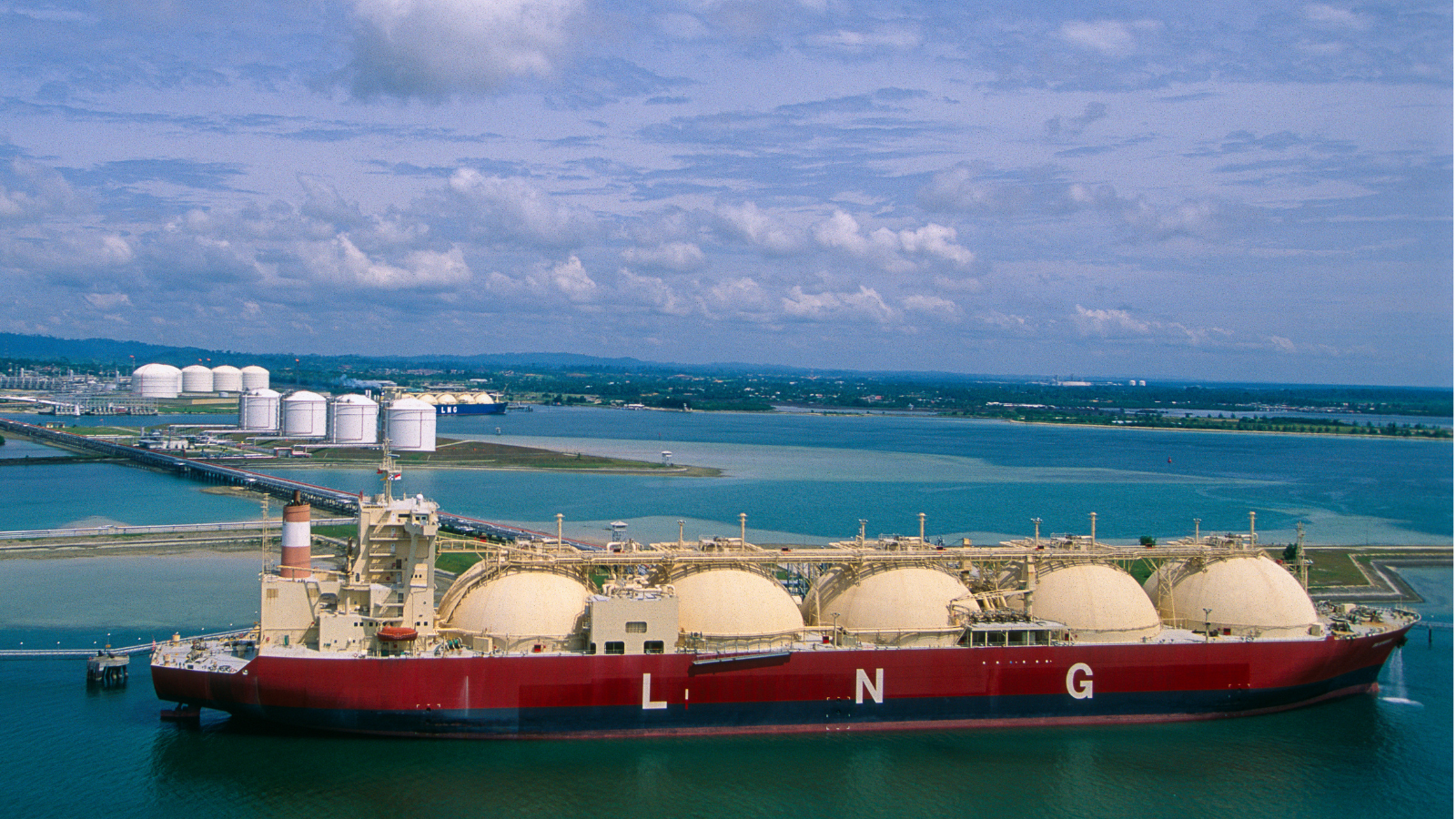GDM Pipelines delivers new data and analytics for insight into ESG performance
The past five years have brought unparalleled changes to the Canadian oil and gas industry. A global pandemic, downward pressure on oil prices, emission reductions in response to new climate change initiatives, and increasing scrutiny from investors are just a few of the issues that are top of mind. These changes have also brought about an increased focus on ESG (environmental, social, and governance) initiatives as an additional metric to evaluate a company’s overall performance.
The issue now for Canadian companies is not whether ESG accountability is necessary, but rather, how to use ESG reporting as an opportunity to demonstrate the progress they are making on ESG goals and objectives, while at the same time, satisfying the increasing demand by investors to deliver more detailed, materially relevant ESG metrics.
Comparing ESG Performance Across the Industry
As expectations of investors and stakeholders intensify, one key challenge is to present an ‘apples to apples’ comparison of performance. Most companies are employing one of the industry standard frameworks for ESG reporting, such as GRI or SASB, but until now, it has been difficult to put an individual company’s ESG performance into context against peer groups, or the broader industry.
To help address this issue, GDM, the industry leader in Canadian oil and gas infrastructure data for over 20 years, has just taken a major step forward in advancing and delivering ESG insights and analysis by providing clients with not only critical ESG data points, but also comparisons, trending, and benchmarking that help enhance understanding of ESG activity.
In a recent conversation, Brian Hall, President of GDM Pipelines, shared some of his thoughts on why this is such an important progression for the industry.
“Over the past few years, we have seen a shift in the types of information our customers are asking us for”, said Hall. “They want next-level insight that delivers value for investors and stakeholders. So, it was a natural extension for us to begin providing ESG data and analytics. The ESG performance of Canadian companies is among the best in the world”, he continued. “But the industry’s reputation in recent years has been tarnished by misleading or inaccurate statements. GDM is able to help the industry, and individual operators, to demonstrate how well they are really doing.”
He went on to say, “One of the key benefits of GDM’s ESG analysis is objectivity. ESG reporting is about transparency and perspective. We’ve done the hard work of gathering, quantifying, and managing massive volumes of relevant data so operators can be confident that they have an unbiased, consistent, and current picture of ESG activity. No company has a flawless record. But demonstrating performance alongside that of peers and the industry allows them to provide additional context that is important for investors to consider.”
Evaluating Key Performance Metrics
The popular ESG frameworks include a collection of standard metrics, which are crucial for operators to provide baseline data. Information such as the current state of infrastructure…whether it is operating, inactive, or abandoned…provides a picture of a company’s liability and potential environmental impact. But it’s important to also understand how this compares to the industry in general, and to have perspective on the risks associated with these assets.

“GDM is in a unique position to provide insight beyond the standard metrics”, said Hall. “For example, we have calculated a consequence risk score for every pipeline in Western Canada, considering any protected or sensitive areas that could be impacted, the proximity to densely populated areas, as well as factors like accessibility and volume of product that could be released in the event of a spill. We also know the location of each of the nearly 314,000 pipeline water crossings in Western Canada, and we have completed a prioritization assessment on each one to give operators perspective on which crossings pose the greatest potential for a release to occur. This insight allows operators to make informed decisions about how best to manage their assets to ensure they are taking care of the ‘E’ in ESG.”

When it comes to social factors, one important consideration is how operators are engaging with communities, especially with Indigenous groups. GDM’s ESG analysis also includes significant data and insight into the energy infrastructure that exists on Indigenous lands. “From conversations we have had with operators and Indigenous leaders, we know that visibility to the locations, history, and operating conditions of infrastructure on these lands is important. However, with assets changing hands, there may be historical infrastructure that some operators don’t even realize they are responsible for. We can help them identify these situations and ensure they are properly addressed.” said Hall.

“And, we are taking things a step further,” Hall continued. “In addition to helping our clients understand their current ESG performance, we are also thinking about what comes next. As we move toward net zero, companies are beginning to provide commentary on how they intend to meet these targets. With hydrogen emerging as a promising alternative, GDM recently conducted an analysis of the infrastructure in Western Canada and its suitability to transport hydrogen. This information provides additional insight for operators to augment their ESG narratives”.
Hall concluded, “Our team is excited to help the industry move forward with ESG reporting initiatives. Whether they need standard ESG metrics, or additional insight that comes from trending, benchmarking, or peer-to-peer comparisons, we have the data, experience, and expertise to deliver. We invite operators to contact us for a free consultation about their current ESG data and the metrics they need to help take reporting and insight to the next level.”
For more information, contact support@gdm-inc.com.



